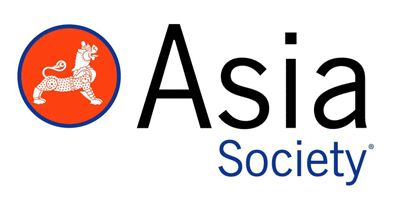
Study
In this section, I included materials to help you learn about global citizenship, as well as how to implement it into the classroom. The best place to begin this journey is with the Asia Society. Below, you will find a link to their comprehensive website. Further, you will find helpful information about global education from Tony Jackson, Vice President of Education from the Asia Society as well as a comprehensive guide that includes unit plans across disciplines. As stated on the home page, you will find other helpful materials in the drop menu under Study.
Explore the mysteries.
Asia Society
Asia Society is the leading global and pan-Asian organization working to strengthen relationships and promote understanding among the people, leaders, and institutions of the United States and Asia. The Society seeks to increase knowledge and enhance dialogue, encourage creative expression, and generate new ideas across the fields of arts and culture, policy and business, and education. The Asia Society Partnership for Global Learning develops youth to be globally competent citizens, workers, and leaders by equipping them with the knowledge and skills needed for success in an increasingly interconnected world.
Click on the image to view the website.
Global Competence and its Significance to the American Education System
Asia Society's Vice President of Education, Tony Jackson describes what the American education system needs to leapfrog from its current status today, to one of innovation and effectiveness, especially as it prepares children for a global future.
Click on the image to view this informative lecture.
Asia Society: Preparing Our Youth to Engage the World
Preface: From one admittedly privileged standpoint, this book should not be necessary. In the minds of most who have thought about it, it is clear that today’s students need a globally conscious education for what is assuredly a global era. Young people need to understand the worldwide circulation of ideas, products, fashions, media, ideologies, and human beings. These phenomena are real, powerful, ubiquitous. By the same token, those growing up in the world of today—and tomorrow!—need preparation to tackle the range of pervasive problems: human conflict, climate change, poverty, the spread of disease, the control of nuclear energy. And yet this excellent, pioneering, aptly illustrated book is timelier and more necessary than ever. To be sure, one can locate scattered examples of exemplary teaching for our global era. Yet the vast majority of teaching around the world is still geared to preparing young people for lives in the 19th and 20th centuries. Our curricula (organized around traditional subjects), our forms of pedagogy (largely lectures), our use of media (largely text on slides), and our forms of assessment (often restricted to multiple-choice or short-answer responses) have changed remarkably little over the decades. Certainly these educational mainstays do not confront the issues I mention above. A lifetime of research and decades engaged in practice have convinced me that one is unlikely to bring about change unless one understands deeply the obstacles to change. In the case of global education, they are considerable.
from Preface by Howard Gardner, author of Truth, Beauty, and Goodness Reframed Cambridge, MA
Click on the image to access the complete text.


